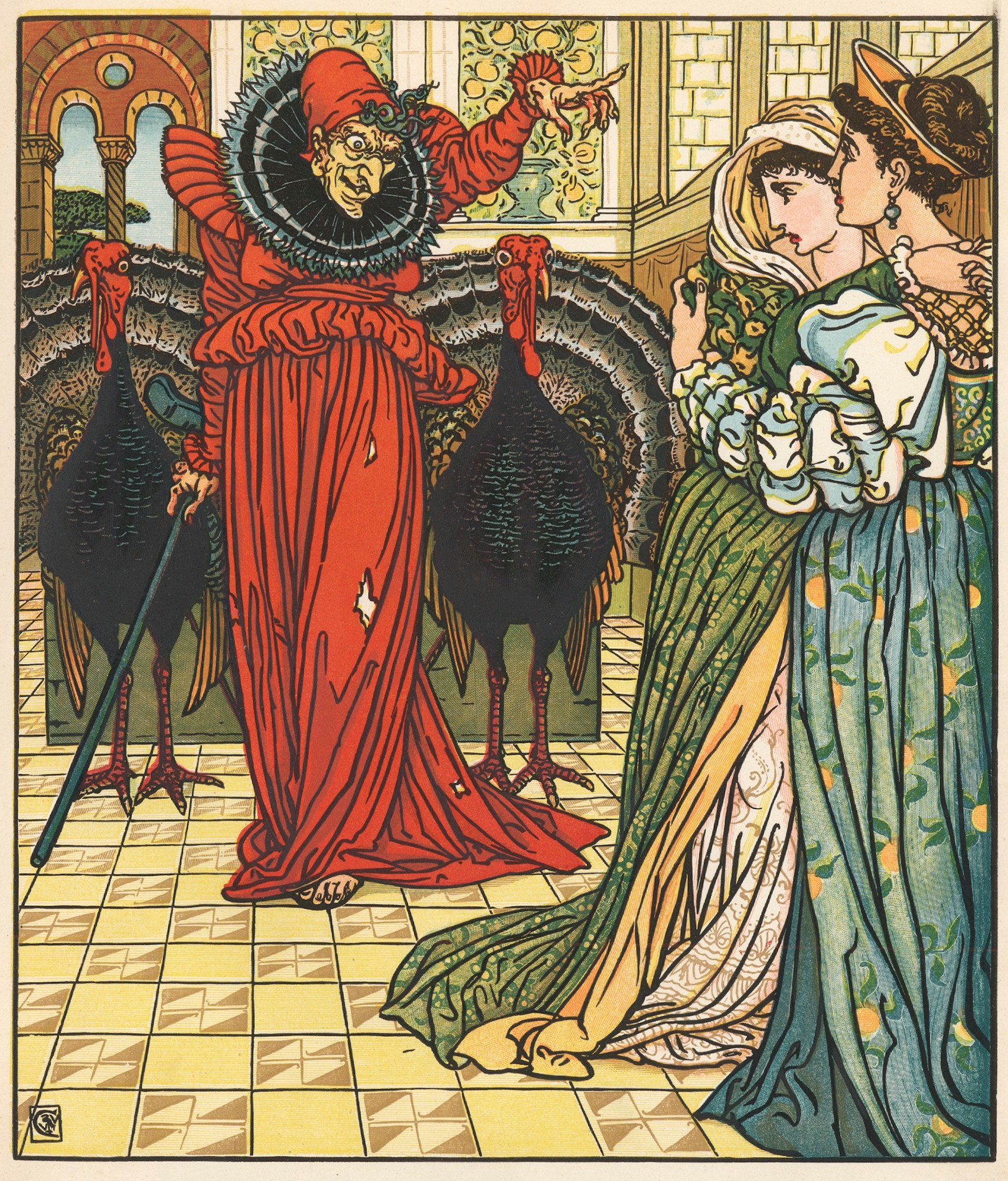The Yellow Dwarf on:
[Wikipedia]
[Google]
[Amazon]
 The Yellow Dwarf (french: Le Nain jaune) is a French literary fairy tale by
The Yellow Dwarf (french: Le Nain jaune) is a French literary fairy tale by
''The Yellow Dwarf''
(archived)
Andrew Lang's version {{DEFAULTSORT:Yellow Dwarf, The Works by Madame d'Aulnoy Fictional dwarves Novels about kidnapping Fiction about regicide
 The Yellow Dwarf (french: Le Nain jaune) is a French literary fairy tale by
The Yellow Dwarf (french: Le Nain jaune) is a French literary fairy tale by Madame d'Aulnoy
Marie-Catherine Le Jumel de Barneville, Baroness d'Aulnoy (1650/1651 – 14 January 1705), also known as Countess d'Aulnoy, was a French author known for her literary fairy tales. When she termed her works ''contes de fées'' (fairy tales), sh ...
. Andrew Lang
Andrew Lang (31 March 1844 – 20 July 1912) was a Scottish poet, novelist, literary critic, and contributor to the field of anthropology. He is best known as a collector of folk and fairy tales. The Andrew Lang lectures at the University o ...
included it in ''The Blue Fairy Book
''The Langs' Fairy Books'' are a series of 25 collections of true and fictional stories for children published between 1889 and 1913 by Andrew Lang and his wife, Leonora Blanche Alleyne. The best known books of the series are the 12 collections ...
''.
Synopsis
A widowed queen spoiled her only daughter, who was so beautiful that kings vied for the honor of her hand, not believing they could attain it. Uneasy that her daughter would never marry, the queen went to visit the Fairy of the Desert for advice. She made a cake to protect herself from the lions that guarded the fairy, but she lost it. A yellowdwarf
Dwarf or dwarves may refer to:
Common uses
*Dwarf (folklore), a being from Germanic mythology and folklore
* Dwarf, a person or animal with dwarfism
Arts, entertainment, and media Fictional entities
* Dwarf (''Dungeons & Dragons''), a humanoid ...
offered to save her in return for her daughter's hand. She accepted, but when the dwarf showed the miserable home in which her daughter would live, she grew quite ill.
Her daughter, distressed, went to seek the same fairy. The dwarf told her what her mother had promised, and when she was ready to reject it, the lions arrived. She agreed if he would save her. Back at the castle, she fell quite ill and agreed to marry the King of the Gold Mines. However, at the wedding, the Fairy of the Desert and the Yellow Dwarf interrupted. The dwarf carried off the princess, and the fairy fell in love with the king and carried him off. She chained him in a cave and turned herself into a beautiful woman, but her feet being unchanged, the king was able to tell who she was. He told her that he would hate the fairy as long as she kept him chained up, but would love her if she freed him. The Fairy of the Desert freed him and brought him to her castle, carrying him by the castle where the princess lived; she saw them and became convinced that the king was unfaithful to her.
The king was kept more pleasantly, but was unable to escape. He lamented his fate along the sea, and a mermaid
In folklore, a mermaid is an aquatic creature with the head and upper body of a female human and the tail of a fish. Mermaids appear in the folklore of many cultures worldwide, including Europe, Asia, and Africa.
Mermaids are sometimes ass ...
left enchanted sea rushes behind to look like his body and freed him. She gave him a sword to fight his way to the princess.
The fairy was entirely deceived by the sea rushes and did not pursue him.
The king fought his way through sphinx
A sphinx ( , grc, σφίγξ , Boeotian: , plural sphinxes or sphinges) is a mythical creature with the head of a human, the body of a lion, and the wings of a falcon.
In Greek tradition, the sphinx has the head of a woman, the haunches of ...
es and dragons to find his path blocked by maidens with garlands of flowers; he still pressed on, tearing apart their garlands, and reached the princess. He persuaded her of his fidelity, but the Yellow Dwarf found them and killed him. The princess died of grief.
The mermaid was only able to change their bodies to two palm trees.
Legacy
The tale was one of many from d'Aulnoy's pen to be adapted to the stage byJames Planché
James Robinson Planché (27 February 1796 – 30 May 1880) was a British dramatist, antiquary and officer of arms. Over a period of approximately 60 years he wrote, adapted, or collaborated on 176 plays in a wide range of genres including ...
, as part of his ''Fairy Extravaganza''. He used it as a basis for his work ''The Yellow Dwarf, and The King of the Gold Mines''.
Mary Diana Dods wrote a version of the story for her book ''Tales of the Wild and the Wonderful'' (1825).
References
External links
''The Yellow Dwarf''
(archived)
Andrew Lang's version {{DEFAULTSORT:Yellow Dwarf, The Works by Madame d'Aulnoy Fictional dwarves Novels about kidnapping Fiction about regicide